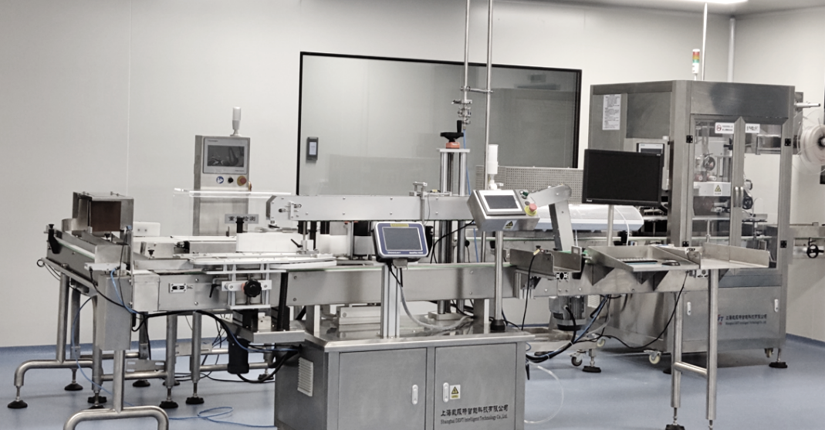The field of cell therapy, dominated by revolutionary CAR-T and TCR-T treatments, offers immense therapeutic promise but presents enormous manufacturing challenges. Producing these personalized, living drug products is inherently complex and expensive, with the T cell growth media often representing one of the largest single consumable costs in the upstream expansion process. Therefore, the strategic selection and optimization of this media is not just a scientific CHOice—it is a critical economic lever for reducing the overall cost of goods sold (COGS) and accelerating commercial viability.
The successful economic scale-up of T cell therapies hinges on CHOosing a T cell media platform that drives process efficiency, ensures consistency, and simplifies regulatory compliance, thereby mitigating the financial risks associated with batch variability and contamination.
The Economics of Efficiency: Maximizing Yield Per Liter
The most direct way a high-performance T cell growth media lowers COGS is by maximizing the final number of functional cells (cells per mL) produced in the culture volume:
High-Density Support and Volumetric Yield
Advanced, chemically defined media are formulated with specific nutrient profiles and pH buffering capacities that allow T cells to be cultured at significantly higher final densities than traditional media. A medium that consistently supports a final viable cell density of 10 times 10^6 cells/mL is inherently more cost-effective per dose than a medium that only supports 5 times 10^6 cells/mL for the same volume.
- Reduced Capital and Operating Expenditure (CapEx/OpEx): Higher volumetric productivity means fewer required bioreactors, less incubator space, and a smaller overall facility footprint to achieve the same total number of cells. This directly reduces expensive CapEx and minimizes long-term OpEx.
- Minimized Media Waste: Efficient media formulations reduce the necessity for frequent or large-volume media exchanges. This not only saves on labor but drastically reduces the consumption and disposal costs associated with large quantities of spent medium.
Optimized Cytokine Utilization
Cytokines (such as IL-2, IL-7, and IL-15) are essential for T cell activation and robust expansion, but their pharmaceutical grade and purity make them one of the most expensive components of the culture cocktail.
- Potentiation and Synergy: Optimized T cell media is formulated to enhance the biological responsiveness of the cells to these factors. This potentiating effect allows manufacturers to use lower, yet still effective, concentrations of expensive cytokines while achieving the same or superior T cell expansion rate and viability. This fine-tuning of the media-cytokine interaction provides a measurable, direct cost saving per batch.
Reducing Risk: Consistency, Contamination, and Quality Control
In personalized cell therapy, a single failed batch is catastrophic, representing not only a direct loss of millions in consumable and labor costs but also a potentially irreversible delay in patient treatment. Variability and contamination risk are the primary drivers of such failures.
Elimination of Variability
Traditional, serum-containing T cell media introduces massive lot-to-lot variability due to the undefined nature of animal-derived components.
- Predictable Kinetics: Chemically defined (CD) T cell growth media removes these animal-derived components, guaranteeing a precise, consistent nutrient profile across all production lots. This ensures predictable T cell growth kinetics, reducing the need for costly, time-consuming media re-optimization between batches and significantly minimizing the risk of sudden, unexplained drops in expansion or viability.
- Process Stability: Consistent media formulation allows for tighter control over the entire manufacturing process, making process validation and technology transfer easier and less costly.
Simplified Quality Control (QC) and Safety
The media’s composition directly impacts the cost of raw material qualification and product safety documentation.
- Reduced QC Burden: By being animal-component-free and chemically defined, the media simplifies the quality control process. Less testing is required for adventitious agents, extraneous proteins, and potential contaminants, reducing the overall cost and time associated with raw material release testing—a substantial cost saving in a cGMP environment.
- Enhanced Safety Profile: Eliminating all animal-derived components removes the risk of introducing unknown pathogens (e.g., prions, bovine viruses) into the cell product, which is critical for patient safety and regulatory compliance.
The Strategic Advantage of ExCell Bio’s Advanced T Cell Media
To address the stringent economic and technical demands of the cell therapy industry, suppliers like ExCell Bio provide highly specialized, defined media platforms that maximize cell quality and expansion efficiency while lowering associated risks and costs.
The product line represented by the user’s reference to the TCELL-LP series is specifically engineered for robust clinical-grade T cell expansion and is a key tool in commercialization strategies.
OptiVitro® T Cell Serum-free Medium (TCELL-LP) Specifications
This advanced T cell media is designed to provide the highest levels of safety, consistency, and expansion required for CAR-T and TCR-T production:
| Feature | Specification | Cost-Saving/Performance Advantage |
| Formulation | Animal-free, Protein-free, and Chemically-Defined | Guarantees maximum consistency, ensures zero risk of animal-derived contaminants; drastically simplifies regulatory review and reduces internal QC costs. |
| Cell Types Supported | Primary Human T cells (CD3+, CD4+, CD8+), regulatory T cells (Tregs), NK cells, and CIK cells. | Versatile platform supporting multiple therapeutic targets within the cell therapy field, minimizing inventory complexity. |
| Application | High-level T cell expansion in both static and suspension/dynamic culture systems, supporting closed systems. | Supports rapid, high-fold expansion, reducing the required days in culture and minimizing expensive labor time per patient batch. |
| Formats | Liquid: 500 mL, 1000 mL; Powder: 1 L, 10 L, 100 L. | Scalable options available for both process development and large-scale, automated manufacturing runs, ensuring a smooth transition to commercial scale. |
By optimizing nutrient delivery to support maximal cell yield and by removing the hidden costs associated with variability and regulatory complexity, high-quality T cell growth media from companies like ExCell Bio serves as a crucial strategic lever. The investment in a specialized, characterized, and chemically defined T cell media is directly recouped through reduced batch costs, accelerated time-to-market, and increased manufacturing reliability, making cutting-edge cell therapies more economically viable and accessible to patients.


